An excellent reference to know the Basque coast and inland in Spain are the Patrimonies of Humanity that it has. There is the particularity that one of them has in Canada: the Basque Whaling Station of Bahía Roja, in Newfoundland and Labrador.
The Camino de Santiago on the Basque coast is not only beautiful for its natural landscapes, where the mountains and the sea are intertwined, but also for the uniqueness of its villages, cultures and stories. This route, in addition to San Sebastian and Bilbao, includes the charming fishing village of Hondarribia from where France is seen and there is a National Parador. Or you can enjoy Balmaseda, the first town founded in Biscay with its unique bridge, its impressive medieval market in May, or its human representation of the Via Crucis in Holy Week. The bombarded Guernica, internationally popularized by the Picasso painting, are notable; and the Portugalete Suspension Bridge, the world’s first of its kind and also a World Heritage Site.
Also on the coast, surrounded by vineyards, sardines and txakolí is Guetaria, where Juan Sebastian Elcano was born, the first captain to go around the world by boat, and the famous dressmaker Cristóbal Balenciaga. In the bucolic Pasajes lived the French writing Victor Hugo. And if you like surfing you cannot miss Mundaka, very popular for its left wave; or if you prefer Game of Thrones you should visit San Juan de Gastelugatxe, Barrika or Zumaia. In the area there are two Unesco protected parks that are naturist’s passion: the Geoparkea, where the geological layers of the earth can be appreciated including that of the disappearance of the dinosaurs; and also the Urdabai Biosphere Reserve, a beautiful estuary to watch migratory birds.
The best traces that these lands have been inhabited by humans since prehistory are the Paleolithic art paintings that can be seen in the caves of Altxerri (Aia), Santimamiñe (Kortezubi) and Ekain (Deba-Zestoa), all parts of the Unesco heritage along with the nearby Altamira and the Cantabrian cornice. You can also admire some caves with eccentric stalactites like in Pozalagua. For mountaineers there are more than 8 natural parks where you can enjoy streams, oaks or beech forests, valleys, ravines, Roman roads, fortifications, mines, ironworks, gardens, small towns, deer, hawks and many other birds, dolmens and burial mounds, caves, … and many leisure activities in them.
With more villages to see is the Camino de Santiago Interior Vasco, also known as Bayonne way and in which is Vitoria-Gasteiz. The cider houses of Astigarraga, the sweets and beans of Tolosa, the Ordizia of Andrés de Urdaneta, the discoverer of the turning of the Philippines to Mexico, the Roman road around the San Adrián Tunnel, or the painted church of Gaceo, stand out on this route, stately homes of Salvatierra, the Sanctuary of Estibaliz and the Basilica of Armentia; among others.The Salt Valley of Añana has been part of the UNESCO Indicative List since 2012, it has been included in the European Route of Industrial Heritage, and FAO classifies it within the World Agricultural Heritage of Europe.
I recommend at least 5 days to see the fundamentals, and two weeks to see everything; although many visitors prefer to repeat the stays to be able to combine the visits with the tasty Basque dishes or pintxos, or drink our red, white, rosé wines or the txakolí. Ask us also to visit a cheese factory or a Basque shepherd championship; the nearby Pamplona in Navarra, the birthplace of the Jesuit father Ignacio de Loyola; or the Albaola Museum where the replica of a ship that sailed through Canadian lands is built.
The Basque coast and inland has much more than the Guggenheim in Bilbao or the beautiful San Sebastian!
If you wish to book a custom tour on the coast or countryside of the Basque Country, you can do so at the bottom of the page of this link.

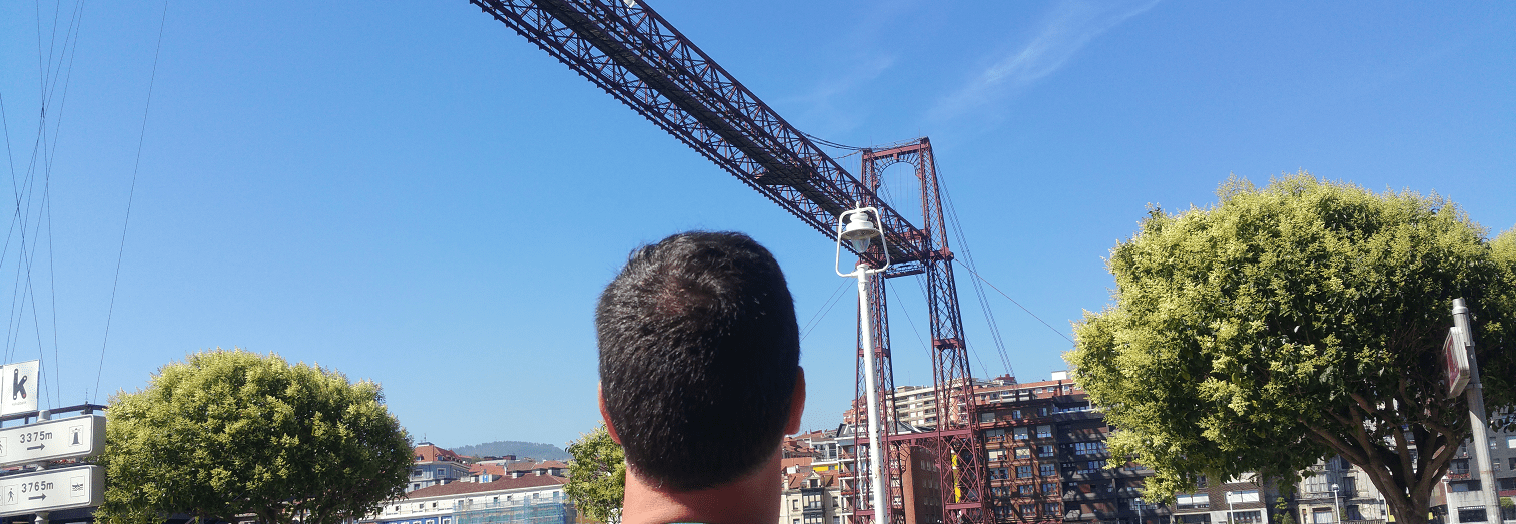
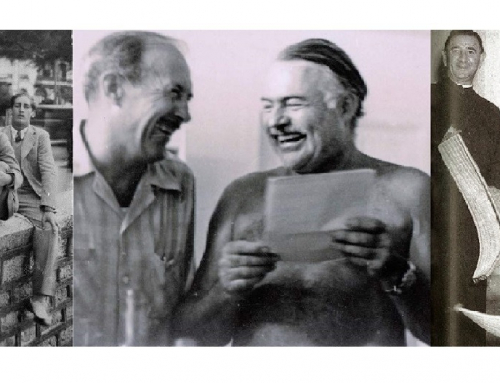
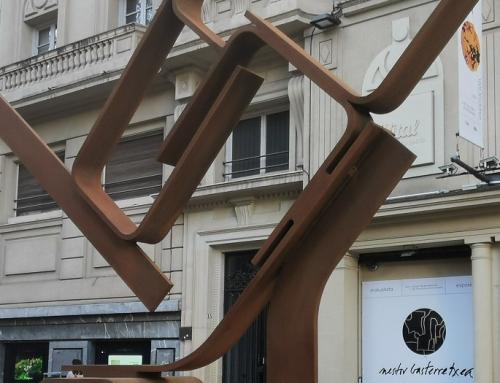
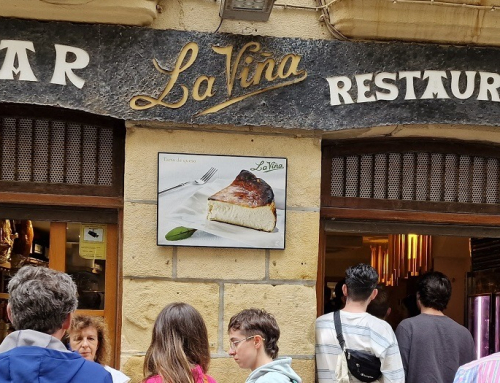

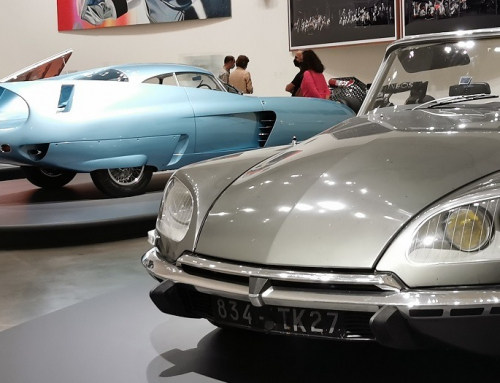


Leave A Comment